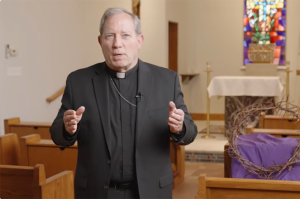Russian Man Volunteers for Head Transplant – Getting Ahead in Science
In February, Italian surgeon Dr. Sergio Canavero of Turin Advanced Neuromodulation Group (TANG) shared his plans of carrying out the first ever head transplant by 2017. The news, which shocked the world, gets even more interesting as a 30-year old Russian man volunteers to go through the procedure.
First information about the human head transplant came out in June 2013, when the neurosurgeon revealed the project code-named HEAVEN/GEMINI, which would involve putting the patient in hypothermia mode (HEAVEN) and cutting the cooled spinal cords (GEMINI) to allow spinal cord fusion. According to Dr. Canavero, the 36-hr complex procedure would need the expertise of 100 surgeons and would cost as much as £8.5 million ($12.6 million).
Dr. Canavero believes that the project will be successful, even citing previous uneventful procedures of spinal reconnection among rats.
In his paper published in Surgical Neurology, Dr. Canavero says, "The greatest technical hurdle to such endeavor is of course the reconnection of the donor's and the recipient's spinal cords. It is my contention that technology only now exists for such linkage."
In response to the revelation, a Russian man with a terminal condition comes forward to volunteer for the said procedure. Valery Spiridonov, a 30-year old computer scientist diagnosed with a rare genetic disorder Werdnig-Hoffman, says he is willing to undergo the procedure.
In an interview with MailOnline, Spiridonov shares:
"If you want something to be done, you need to participate in it." He adds, "I don't do this because I don't have a life but I think that science is developed by those who are ready to take risks and devote themselves to it."
In 1970, American neurosurgeon Dr. Robert Joseph White carried out a procedure transplanting the head of a monkey to another monkey's body. Due to lack in technology, the surgeon was unable to repair severed spinal cord and the monkey became paralyzed and died days later.




























